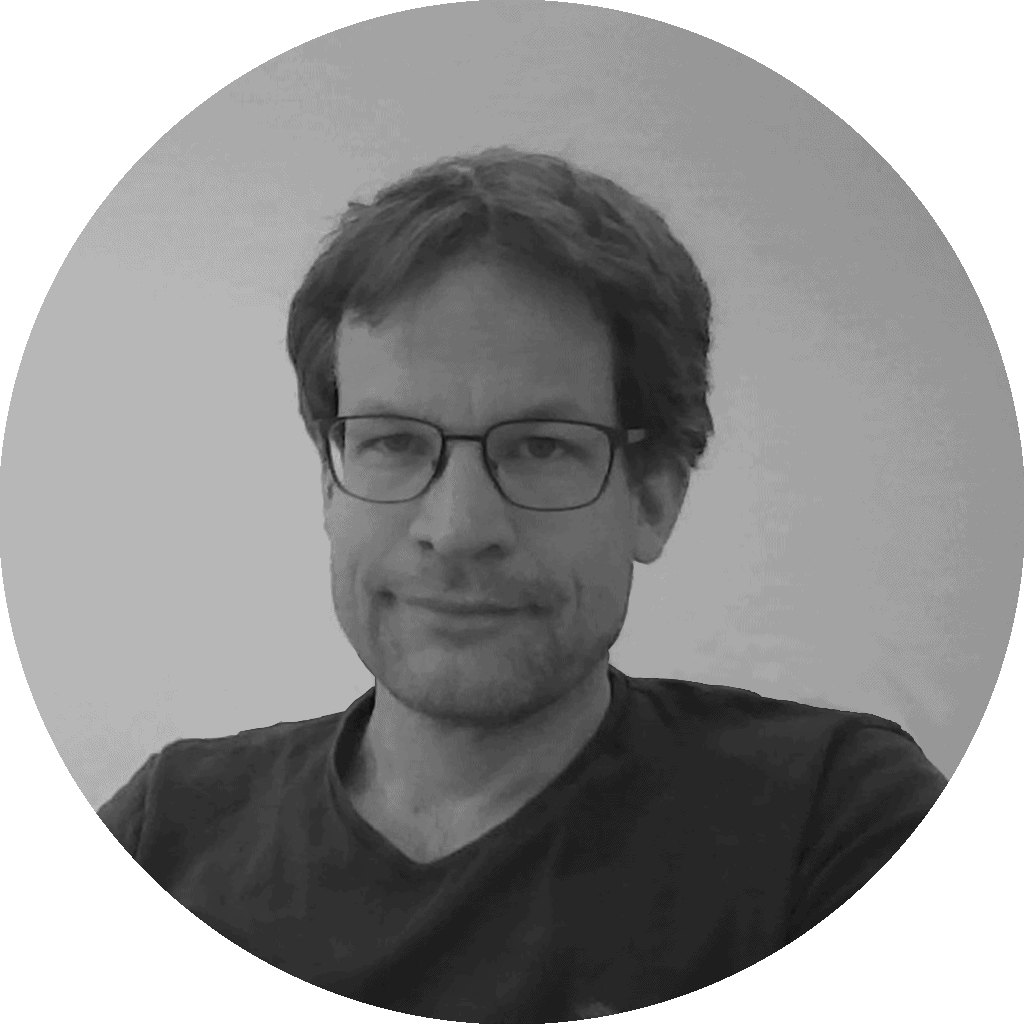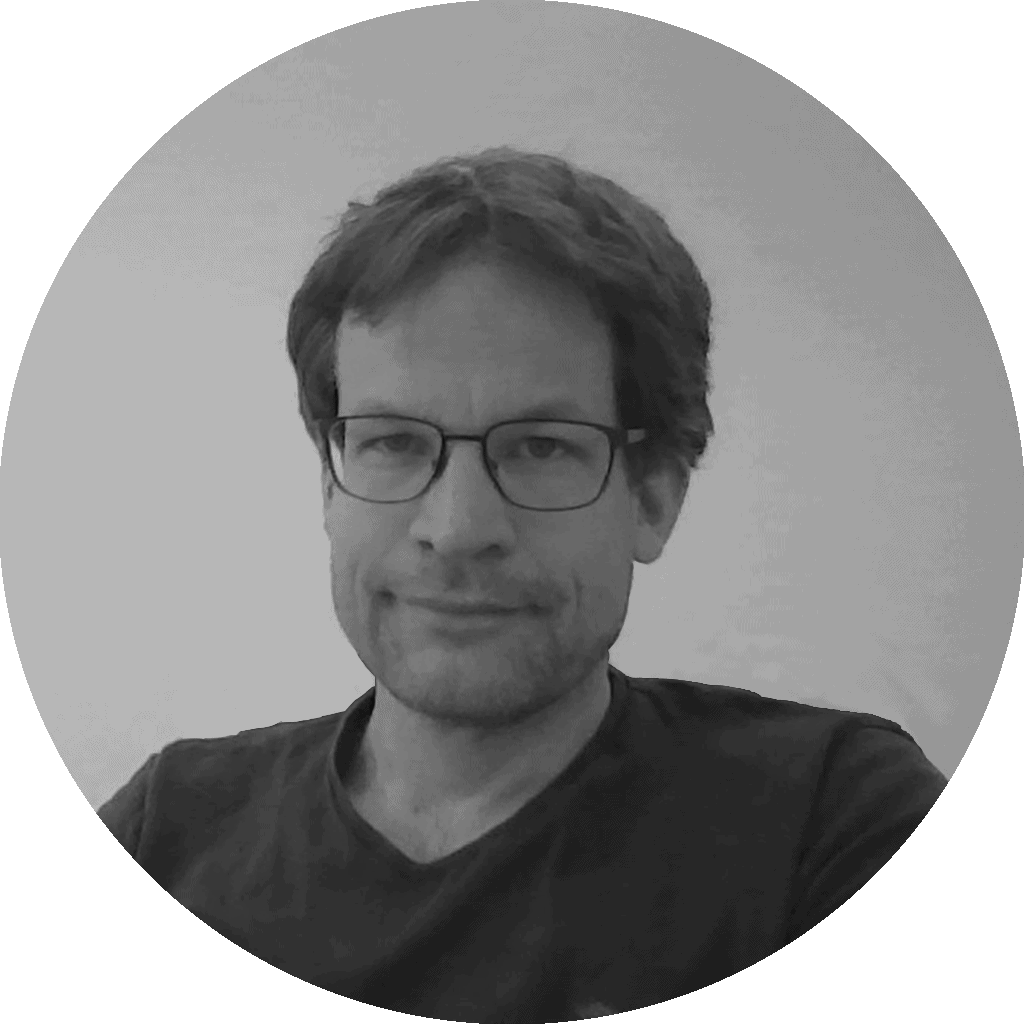
Dr. Tobias Kretz studied physics and graduated in particle theory in Karlsruhe, Germany. He obtained a PhD at the Duisburg-Essen University following his thesis “Pedestrian Traffic – Simulation and Experiments”. Since 2007, he is the Product Manager for pedestrian microsimulation (Viswalk/Vissim) at PTV Group in Karlsruhe, analyzing how to model statistical and strategical navigation of pedestrians and working on analytical solutions for the Social Force Model for pedestrians and immersive VR systems. He contributed to some research projects, such as SKRIBT, BasiGo, and FLOW.
Q: How does PTV Group conduct R&D activities?
TK: At PTV, R&D happens in two ways: the first is the formal, planned way to apply – usually as part of a consortium – for project funding of national or European research programmes. The second way happens when methodological challenges are solved during the product development of our software or when the work would also make for a solid conference or journal contribution. The first way entails external cooperation and stabilizing our network in the community, whereas the second is done internally. Sometimes product development challenges lead to research project proposals, or, conversely, research projects inspire ideas for product development, and often the two are disjunct as the timescales of formal research projects and product development can be quite different.
Q: How did the Covid-19 pandemic impact the simulation of “what-if scenarios” related to crowds?
TK: In the early days of the pandemic, we were looking at how the phenomena of this new situation could be modelled with the existing simulation tool. This was an interesting test of the flexibility of the software. I was quite content that results could be produced quickly and profoundly at a later stage. However, feature-wise, while flexibility was given to use the simulation for this new situation, questions arose on the operational level of pedestrian dynamics that are not fully addressed yet, such as: “If people need to walk larger distances, will they walk more slowly to guarantee the distance, or will they walk at the usual speed given the large distance between people?”. This is crucial to understand when the infrastructure capacity has to be assessed. Also, another challenge was that the situation was highly dynamic, and some people were sometimes more concerned about the virus than others, which most likely affected their walking behaviour. The formal legislation and regulation also affected the use of the simulation on a different level: planning – say for concerts or sports events – was hardly possible, regardless of the planning tools used. There would have just been too many “what-ifs?”. This significantly limited the number of pandemic-related projects. Now, looking into the future: during the pandemic, I often asked myself if “pandemic safety planning” and the laws would become an engineering field just like fire safety planning. If you think of fire safety planning, the situation is not very different: significant resources go into safety planning (and insurance policies) for a situation that most people will never face throughout their life, yet we know that the number of casualties in building fires has significantly decreased thanks to the work done to prevent them. I could imagine a future in which, for buildings with public access, pandemic-specific planning must be done in the sense that for the three types of transmission (smearing, droplets, aerosols), an operational plan is developed so that, for example, with a limited number of people, operation can continue, and at the same time, the contamination risk reduced and measured. One could say that with Covid-19, people have learned how to reduce transmission risks, but I am very sceptical about this. If the transmission of another pandemic happens differently, what has been learned might be useless, and worse, even harmful. What I do believe is that nothing will happen. People are just glad that it’s over – or at least it seems like it – and no one wants to deal with the topic any longer. At an institutional level, the problem is that other urgent topics require attention and resources, so we will most probably not see further pandemic safety planning development beyond the existing epidemiological and virological research.
Q: What are the future innovation goals in pedestrian modelling and simulation?
TK: Interfaces and integration. That refers to algorithmic integration into multi-modal models (pedestrians, cyclists, scooters, cars) as well as data integration into tool chains and toolsets for a variety of cases. Think of egress planning with fire simulations and road traffic with increasingly automated vehicles. Efficient data integration requires appropriate interfaces or data models covering multiple domains. So we are talking about BIM and “digital twins” here. The various fields of application have their own challenges. Emergency egress planning, for example, still faces the challenge to formulate the criteria that simulation tools need to meet for institutions to accept them. The event planning industry, on the other hand, faces the challenge of how and for which tasks simulation tools can be adopted into their processes for efficient use, particularly for non-standardized event sites, e.g. city, park or festival stages, as opposed to arenas.
